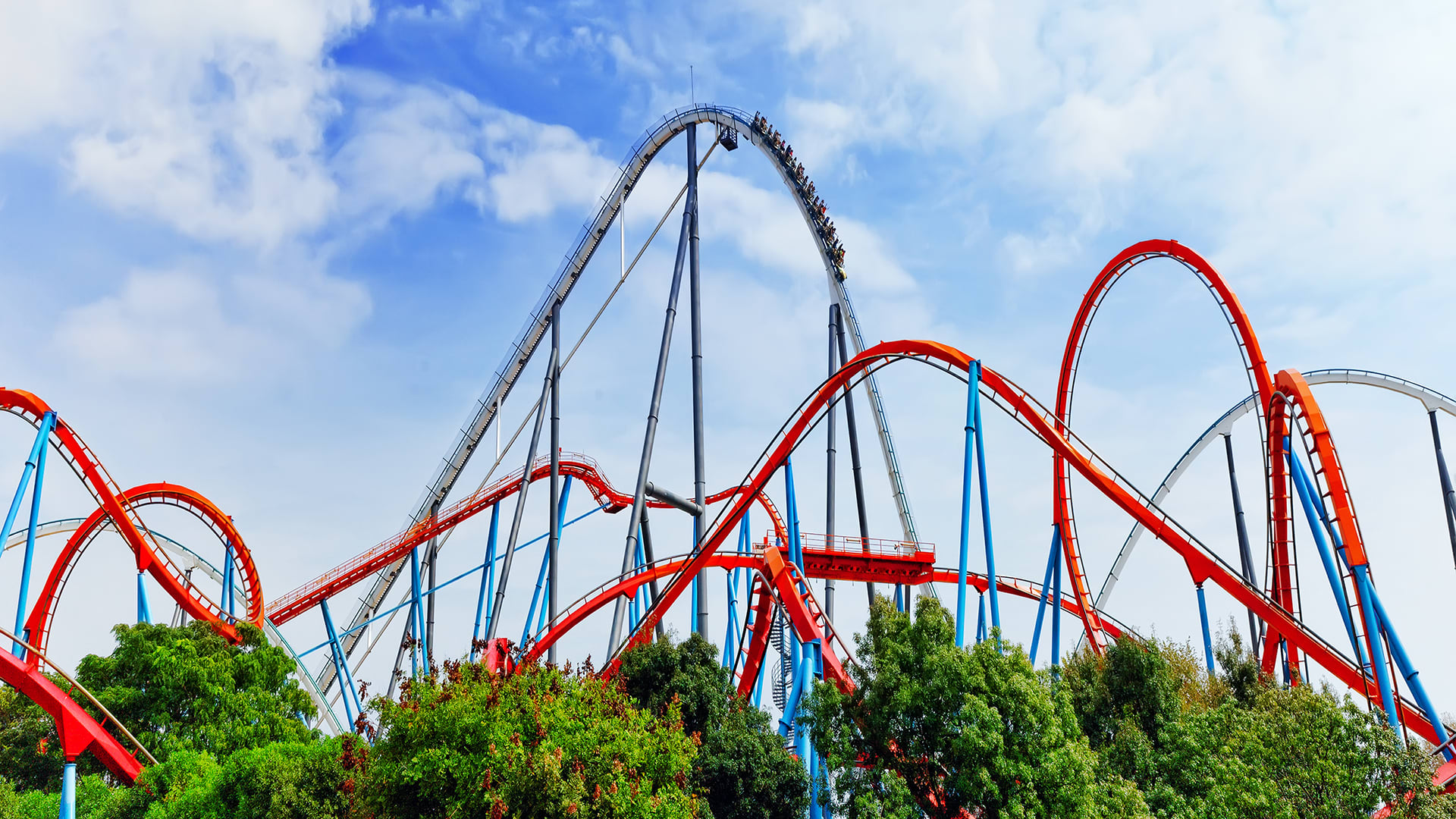
CONVERSEMOS:
La primera colina de una montaña rusa siempre es la más alta. ¿Por qué no pueden ser más altas la segunda o la tercera colina (que la primera)?

CONVERSEMOS:
¿Por qué crees que la canica sube la colina baja pero no alcanza a subir la colina alta?

¿Cuánto tiempo tienes?
La siguiente actividad de la montaña rusa chocona dura aproximadamente una hora.
Si no tienes suficiente tiempo, quizás tengas que hacer esta actividad en tu próxima lección de ciencias.


01/13

02/13
experimentos más adelante.

03/13
con tu uña.

04/13
un hoyo en ese círculo, con mucho cuidado.

05/13
de doblarla y luego remarca el doblez.

06/13
cada lado, hasta que apenas cubra la imagen de la vía. Aplánala y usa
tu uña para remarcar el doblez.

07/13
Dobla la línea negra.

08/13
corazón negro sobre el corazón gris hasta que cubras las rayas. Pow:
Pónle 4 clips. Klunk y Boom: Encuentren el trébol y hagan lo mismo.

09/13
la gota de agua negra arriba de la gota de agua gris hasta que
cubras las rayas. Crash: Ponle 2 clips mas.

10/13
colinas bajas.

11/13
Lleva la orilla de la hoja hasta la línea con la flecha y dóblala. Luego,
dobla toda la hoja a la mitad.

12/13
hacia abajo el cuadro gris, así. Abre el papel doblado y mete el lado
rayado así.

13/13
adjunten las colinas medianas con clips. Crash y Pow: Adjunten
las colinas bajas.
Si necesitas hacer una pausa...
If you need a natural stopping point!
Mensaje para los maestros y las maestras: Teachers: If you are short on time, this is a good stopping point. We recommend leaving your students' tracks set up so they can get right to experimenting at the start of the next session.
Si vas a continuar la actividad, ve a la siguiente página.

01/10
materiales y llévatelos a tu área de trabajo. También vas a necesitar
las vías y el cocodrilo de la lección anterior.

02/10
espacio para trabajar. (También van a necesitar una pared, una caja,
o un montón de libros).

03/10
Klunk tomó la medida. Crash: voltea el cocodrilo. Pow: Pega la meta
a la vía.

04/10
estrella gris. Mete los triángulos grises. Ponle 2 clips.

05/10
trébol. Pow: Esconde los triángulos grises. Crash: Acomoda las
colinas medianas.

06/10
de los corazones. Pow: Esconde los triángulos grises.
Crash: Acomoda las colinas bajas.

07/10
llegar a la meta. Si no lo hace, todos deben de revisar las vías.

08/10
canicas lleguen a la meta. Tómense turnos soltando la canica de la
colina.

09/10
de trabajo.

10/10




